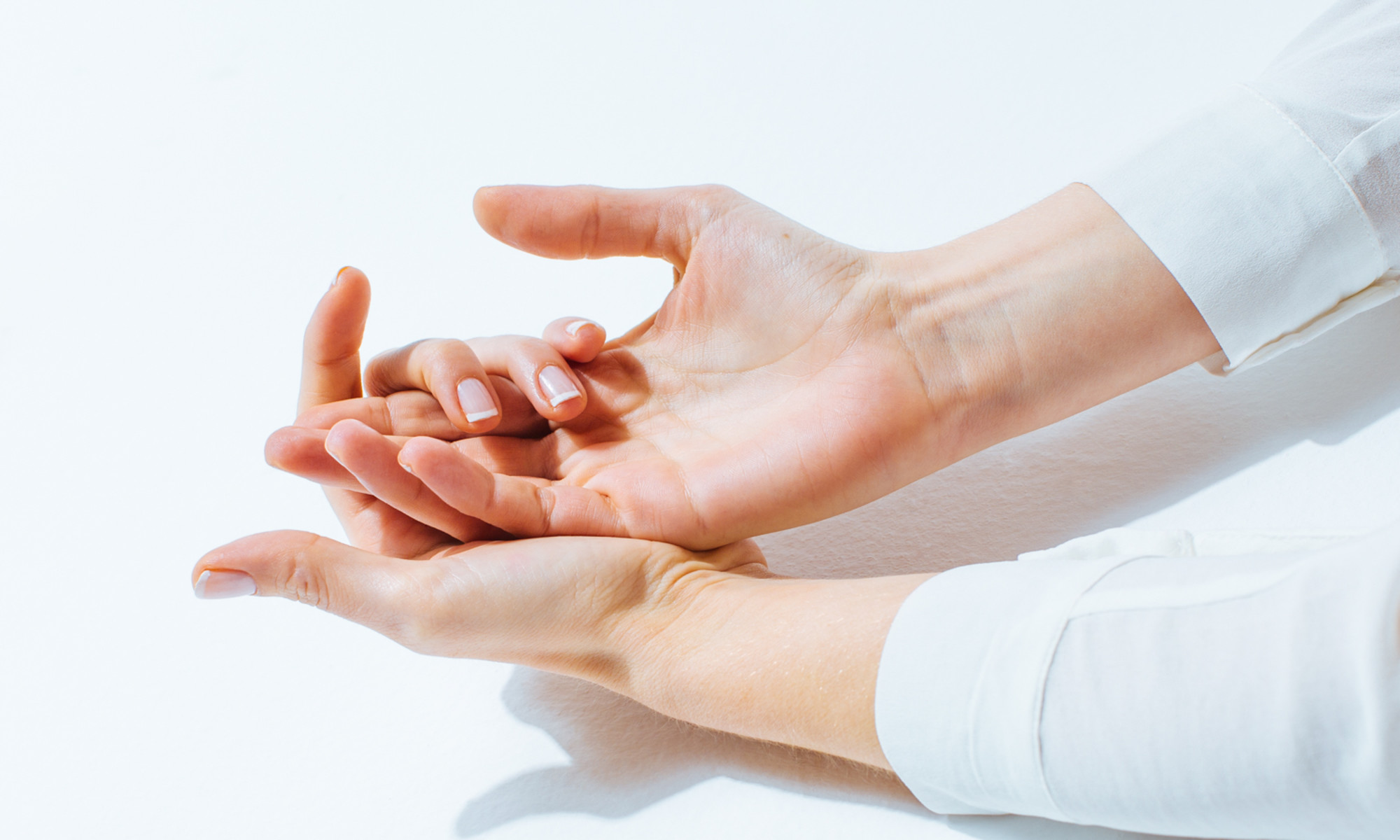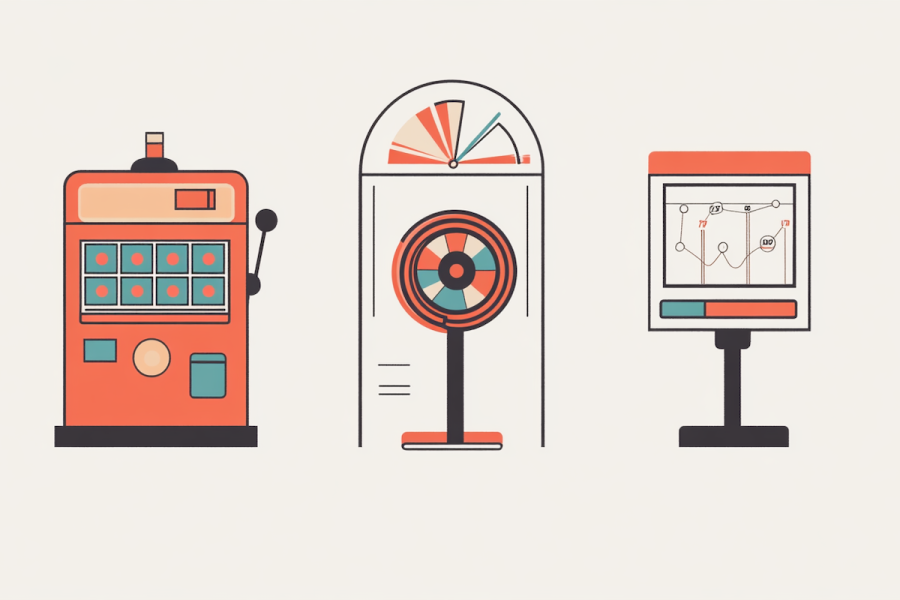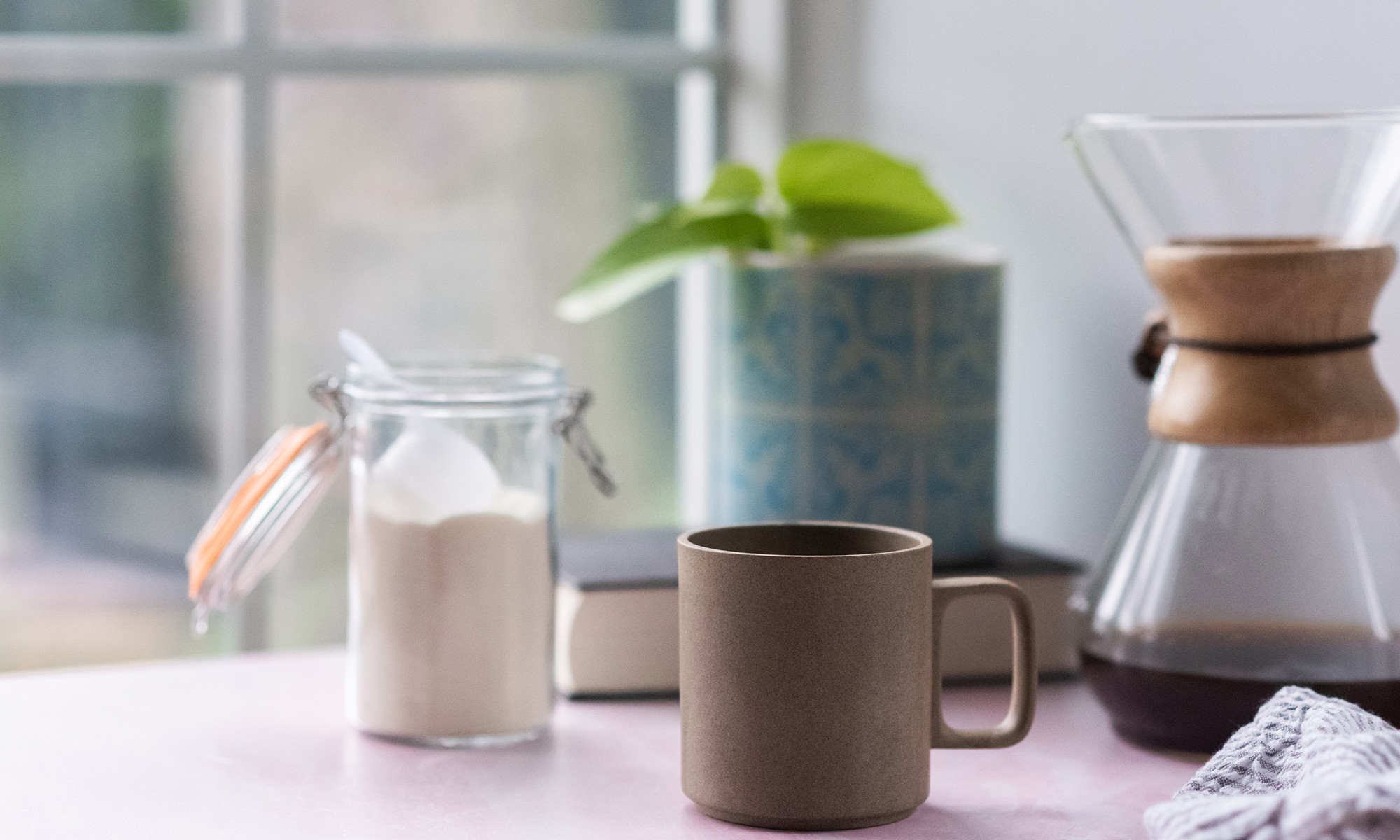5 Essential Pranayama Techniques for Pain Management
The post 5 Essential Pranayama Techniques for Pain Management appeared first on The Yoga Nomads.

Listen to a summary of this article:
Key Takeaway
Discover five powerful Pranayama techniques that can help alleviate pain and improve overall well-being.
Pranayama, the practice of controlling breath in yoga, provides proven tools to help alleviate pain. These breathing exercises are proven to increase relaxation, decrease stress and anxiety, and produce feelings of peace and calm.
When you pay attention to your breath, you are able to relieve tension and pain in the body. In this post, we’ll explore these pranayama techniques in depth.
The best part — it’s easy to fit them into your day so you can start experiencing relief and improving your quality of life right away.
1. Nadi Shodhana (Alternate Nostril Breathing)

Nadi Shodhana, or Alternate Nostril Breathing, is an easy yet surprisingly impactful technique to incorporate. This practice is all about balancing, and it’s appropriate for just about everybody.
Studies confirm that regularly practicing this technique can lead to a transformative impact on your physical and mental health. What I have personally experienced is that with consistent practice, my nervous system is more regulated and my anxiety response has reduced over time.
Patients can experience a meaningful decrease in pain perception by practicing deep breathing. What’s more, research shows that just one month of consistent pranayama practice leads to improved oxygen circulation, resulting in the ability to exhale more deeply, letting go of pain and tension.
For optimal energy and calming effects, practice Nadi Shodhana at dawn. This technique is widely regarded as a formidable stress reliever among practitioners.
To perform Nadi Shodhana, sit comfortably with your spine straight. Close your right nostril with your thumb, inhale deeply through the left nostril, then close the left nostril with your ring finger and exhale through the right nostril. Begin your next breath cycle by inhaling through your right nostril with your left side closed; switch at the top of your breath and exhale through the left side.
Continute this breathing pattern for 2-3 minutes; over time, try increasing the duration of your practice gradually to 5 minutes. When you are finished, release your hand down to your lap and breathe normally for a few breath cycles, feeling more balanced and centered.
2. Ujjayi Pranayama (Victorious Breath)

I’ll never forget the first time I practiced Ujjayi pranayama. Also called the Ocean Breath or Victorious Breath, Ujjayi improves respiratory efficiency, increasing oxygen intake.
This added energy carries over to each pose, giving you a greater sense of empowerment and concentration, specifically when moving through vinyasa flows. The more I practiced, the more I found that the trick is just to keep your throat fully relaxed.
To perform Ujjayi Pranayama, begin by inhaling through your nose. As you exhale through your nose, imagine you are fogging up a mirror with your breath, while keeping your mouth closed. Keep your breath smooth and steady, making a soft, oceanic sound.
One frequent error is to clench the throat, which totally cancels out the effect of this practice. Ujjayi pranayama helps to energize the breath and deepen your practice. This practice deepens your experience beyond asana and enhances your time on your mat.
This is where I really started to feel the magic. When you learn to control Ujjayi Breath, you establish a pattern that deepens your practice and soothes your pain. It’s your little magic pill, your secret medicine to not feel awful.
3. Kapalabhati (Skull Shining Breath)

Kapalabhti has been a game changer for me as far as reducing pain. Because this technique is so energizing and detoxifying, it’s become an ideal tool for me to include in my routine. This technique promotes powerful exhales where the diaphragm and core play a major role.
Studies indicate that this technique is effective for improving lung capacity and has a positive impact on regulating blood sugar levels through stimulation of insulin secretion.
Kapalabhati induces activity in the sympathetic nervous system, which contributes to feelings of alertness. Give the body a bit of time, and it will display increased parasympathetic activity that facilitates relaxation and recovery. This combined action can be especially beneficial for individuals suffering from metabolic syndrome or polycystic ovarian syndrome.
Warm up to Kapalabhati with caution to prevent decreased carbon dioxide concentrations. To perform Kapalabhati, sit upright and take a deep breath in, then forcefully exhale through your nose while actively engaging your abdominal muscles.
Allow the inhalation to happen passively as you focus on quick, sharp exhalations. Practice the breath for 1 minute, then rest and breathe normally. Repeat the pranayama twice more in 1-minute increments.
4. Bhramari (Bee Breath)
Further, Bhramari as a pain management technique has been a total game changer for me. This restorative yet effective breathing practice, often referred to as Bee Breath, brings mental tranquility and relieves physical stress.
As I exhale, I produce a humming sound. Those vibrations are felt throughout my whole body, and with them brings a beautiful peace and relief to my soul.
Begin seated, either on the ground or in a chair. Breathe in through your nose as you close your eyes. On your out breath, produce a sound similar to that of a bee.
Feel free to cover your ears with your hands to create more vibration to resonate with. I often do this for 2-5 minutes at a time, just paying attention to the sound while feeling the stress dissolve.
Most people find that Bhramari is a powerful way to alleviate feelings of stress or anxiety. These two factors unequivocally magnify pain the most.
It is another beautiful practice to tune in with your breath and shed some awareness on your body. Check out this bolster from hugger mugger to help with pranayama breathing.
5. Sitali (Cooling Breath)

Concert, the first time I attempted this yogic practice suggested by Indigenous Weather Knowledge. At the time, it felt like a cool breath passing through the swelter of a summer afternoon. This easy-to-learn breathing technique can be an invaluable tool and partner in your pain management journey.
By stimulating the parasympathetic nervous system, sitali brings a soothing balm to the body, releasing anxious tension and physical discomfort. To practice Sitali, find a comfortable seated position. If you’re unable to roll your tongue, no problem; simply breathe through your teeth.
Breathe in fully through your mouth, letting the cool air fill your lungs. After that, slowly exhale through your nose. Do this cycle for several minutes. You may experience a sense of relaxation flooding your body, which eases pain and tension.
When I regularly make time for Sitali, I find that my body reacts differently to potential sources of tension or pain. It’s like treating myself to a mini vacation from the stress and intensity of life. This practice is particularly helpful in times of peak stress or when I’m dealing with chronic pain.
Conclusion
Finding relief from pain often seems like a long road with countless detours. With every breath, pranayama breathing practices take your pain experience just a little bit farther away from you, while pleasure and peace draw closer. Nadi Shodhana to balance your energy, and Ujjayi Pranayama to calm your busy mind. Kapalabhati will bring you a surge of positivity and Bhramari will help calm everything whirring around you. As you become animated, Sitali begins to cool your body and spirit.
I highly recommend enrolling in specialized online yoga classes focused on pain management, such as those offered by Yoga Downloads.
Whether you are at home or traveling, these uncomplicated practices are easily integrated into your day. They equip you with skills to better navigate pain and stress. Get started with these breathing exercises, and experience the positive impact they have. You owe it to yourself to find this peace. Begin your journey today and discover a new life, rich with balance and relief.
Pop quiz! 🧘🤔
Pranayama can help reduce chronic pain by increasing oxygen flow to the body
Pranayama techniques are only effective for stress relief and have no impact on physical pain management
Consistent practice of Pranayama can lead to long-term improvements in pain management
Frequently Asked Questions
What is pranayama?
Pranayama, the yogic practice of breath control, is a vital component of pain care, offering pain relief by promoting relaxation and reducing stress levels while enhancing overall physical and mental well-being, making it a powerful tool in managing chronic pain conditions.
How can Nadi Shodhana help with pain management?
Nadi Shodhana, a powerful breathing technique, helps balance the energy channels in the body, which calms the mind and reduces feelings of anxiety, ultimately aiding in pain relief from tension-based pain and promoting greater relaxation and comfort.
What are the benefits of Ujjayi Pranayama?
Ujjayi Pranayama, a powerful breathing technique, deepens oxygen circulation, promotes heart rate stability, and decreases the effects of stress, making it a valuable tool for pain relief in chronic pain conditions.
How does Kapalabhati support pain relief?
Recruiting abdominal muscles through kapalabhati energizes the body, clears stagnant qi, and enhances blood circulation, which can significantly aid in pain relief and overall wellbeing.
When should I practice Bhramari?
Bhramari is most beneficial for pain relief when you’re under stress or experiencing anxiety. Its calming effects can relieve tension headaches and encourage relaxation, contributing to overall pain management benefits.
Is Sitali effective for managing pain?
Sitali essentially allows us to cool this fire as well. This breathing technique is known to reduce stress response levels, further aiding in pain relief, particularly for chronic pain conditions worsened by heat or inflammation.
How often should I practice pranayama?
Incorporate pranayama into your daily routine for 10-15 minutes to enhance relaxation response and pain relief.
Thanks for your feedback!

 JimMin
JimMin 

































